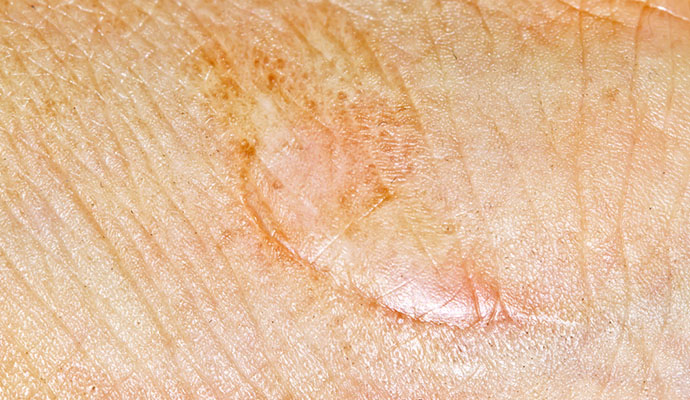Scars are a particularly sore subject for most people. Not only are they aesthetically unpleasing, but some of them can prove painful. That’s why research into minimizing the appearance of scars continues to be a central priority of wound care-related research. In the last several months alone, there have been quite a few exciting such breakthroughs.
That list includes a topical film developed by a group representing the American Association of Pharmaceutical Scientists, a compound that prevents scars from forming in the first place and important new insights into scar formation following traumatic injuries.
Today, a new development in scar management and reduction comes from a joint project by scientists at the University of California, Irvine and University of Pennsylvania.
Studying scarring
As part of a new study in the journal Science, the Irvine-Penn team outlined a new, natural form of wound healing that had previously never been studied. Working with laboratory mice, the team was able to observe myofibroblasts transforming into another cell type called adipocytes. Myofibroblasts are cells found in most wounds and usually responsible for muscle contracture following an injury. Adipocytes, meanwhile, are a specialized fat cell essential to wound healing, and their turn from myofibroblasts means that the repair process can happen in a timely manner.
read more and get a free Poster at advancetissue.com







